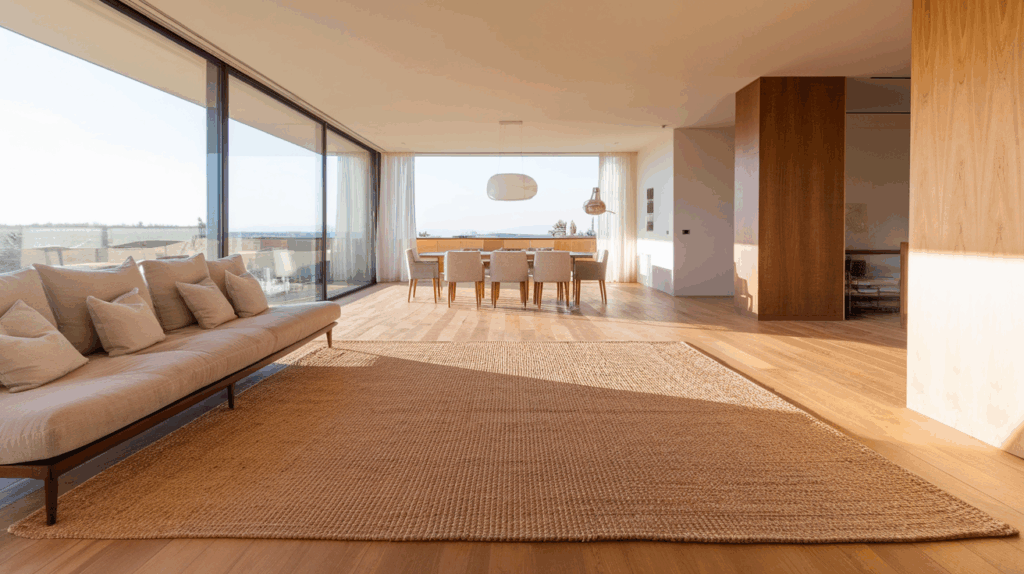Have you ever come across a natural fiber rug or rope and wondered, “What exactly is sisal?”
If you’re curious about this versatile material, its origins, properties, and how it’s used, you’re in the right place.
As someone who’s worked with a variety of natural fibers, I can tell you that sisal stands out for its durability and eco-friendliness.
In this blog, I’ll break down everything you need to know about sisal, from where it comes from to its many uses in home decor, furniture, and even industrial applications.
With its growing popularity, it’s no wonder more people are choosing it for sustainable design.
By the end, you’ll have a solid understanding of why sisal is such a popular choice for so many.
What is Sisal?
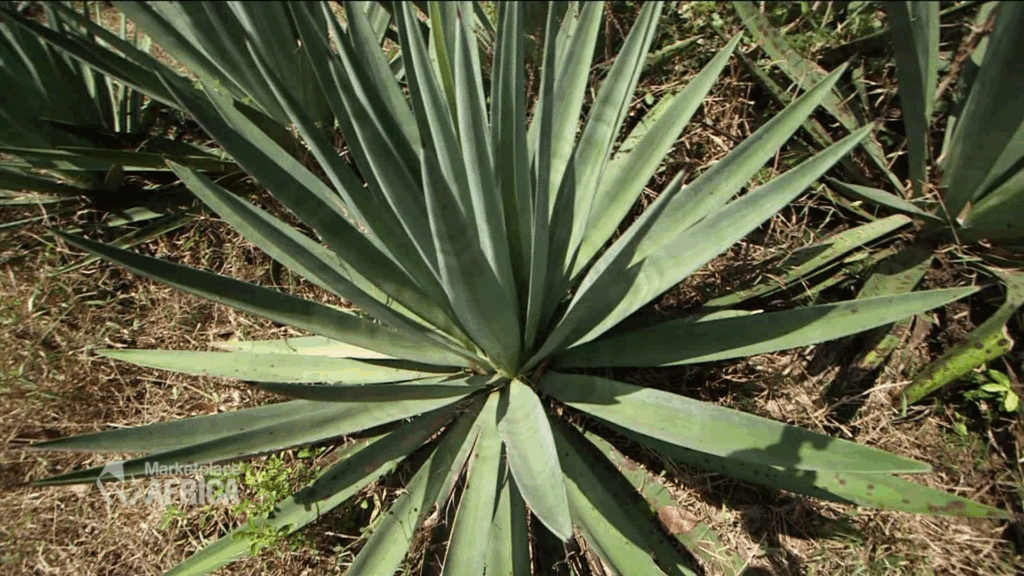
Sisal is a natural fiber that comes from the Agave sisalana plant, which is part of the Agave family.
This plant is primarily grown in warm climates, such as Mexico, Brazil, and parts of Africa.
The fiber is extracted from the long, tough leaves of the agave plant. To get the sisal fiber, the leaves are harvested and then processed by scraping away the green outer layers, leaving the strong fibers inside.
Sisal has been used for centuries, especially for making ropes, mats, and other durable products.
It’s known for its strength, making it a reliable material for both everyday items and industrial uses.
If you’ve seen sisal rugs or ropes, you’ve probably noticed how tough yet flexible they are.
That’s because of the unique properties of the Agave sisalana plant that make it an ideal material for long-lasting products.
Key Properties of Sisal
Sisal’s unique properties make it ideal for everything from home decor to industrial uses. Let’s take a closer look at what makes sisal so special.
- Durability: Sisal is one of the strongest natural fibers, making it highly resistant to wear and tear. This quality is why it’s often used in ropes, mats, and other items that are exposed to frequent use or heavy weight.
- Eco-friendly: Sisal is a biodegradable material that doesn’t harm the environment when it decomposes. Unlike synthetic fibers, which take years to break down, sisal is a more sustainable choice for those seeking eco-conscious options.
- Resistant to wear: Sisal’s fibers hold up well against rough use, making it perfect for high-traffic areas like hallways or commercial spaces. Its ability to withstand friction is why sisal rugs and mats are so long-lasting.
- Absorbent: Sisal has moisture-absorbing properties, making it suitable for applications like mats or carpets in areas where spills are common. However, it’s important to keep it dry to avoid damage from excess moisture over time.
- Coarse texture: With its naturally rough texture, sisal provides excellent grip and durability. This is especially useful in creating products like ropes, mats, and even certain types of furniture upholstery, where grip and resistance to wear are essential.
- Low maintenance: Sisal products require minimal upkeep. Regular vacuuming or gentle spot cleaning is usually enough to keep them looking good, and they don’t easily stain, making them ideal for busy spaces.
- Natural color: The neutral, off-white to light brown shades of sisal add an earthy, natural appeal to any space. Its simple, yet elegant appearance works well in a variety of interior design styles, from rustic to contemporary.
Creative Uses of Sisal in Home Products
Sisal is a versatile material used in a variety of home products due to its durability and natural appeal.
1. Rugs and Carpets
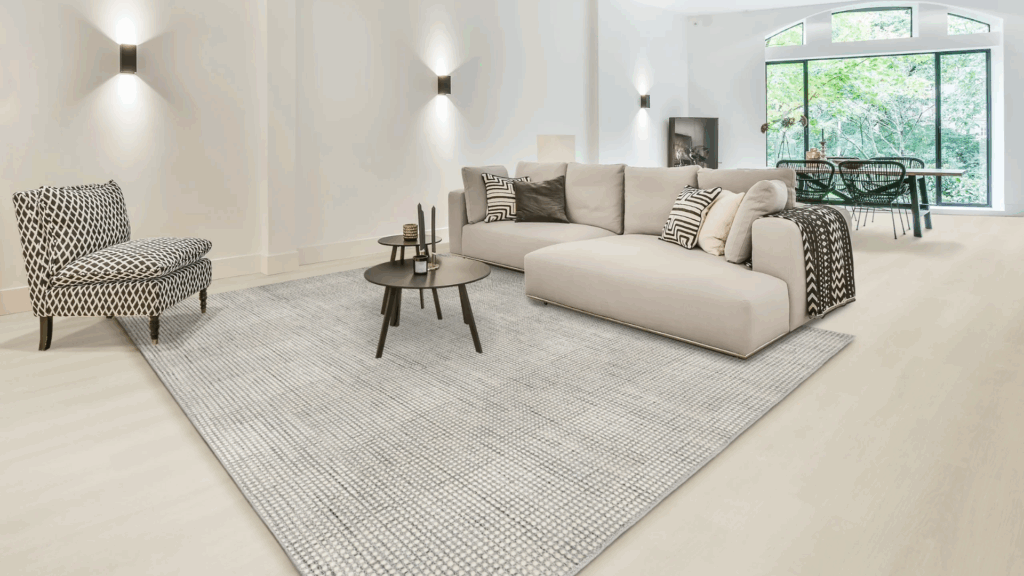
Sisal is a fantastic material for making durable area rugs and carpets.
I’ve used sisal rugs in high-traffic areas like my hallway and entryway, and they’ve held up beautifully over time.
The natural, textured look adds a bit of charm to the space, while the fiber’s strength ensures the rug won’t easily wear down.
Plus, sisal’s low-maintenance nature makes it easy to vacuum and keep clean, making it perfect for homes with pets or kids. Its neutral tones blend well with most home decor styles, giving any room a relaxed, earthy feel.
2. Furniture Upholstery
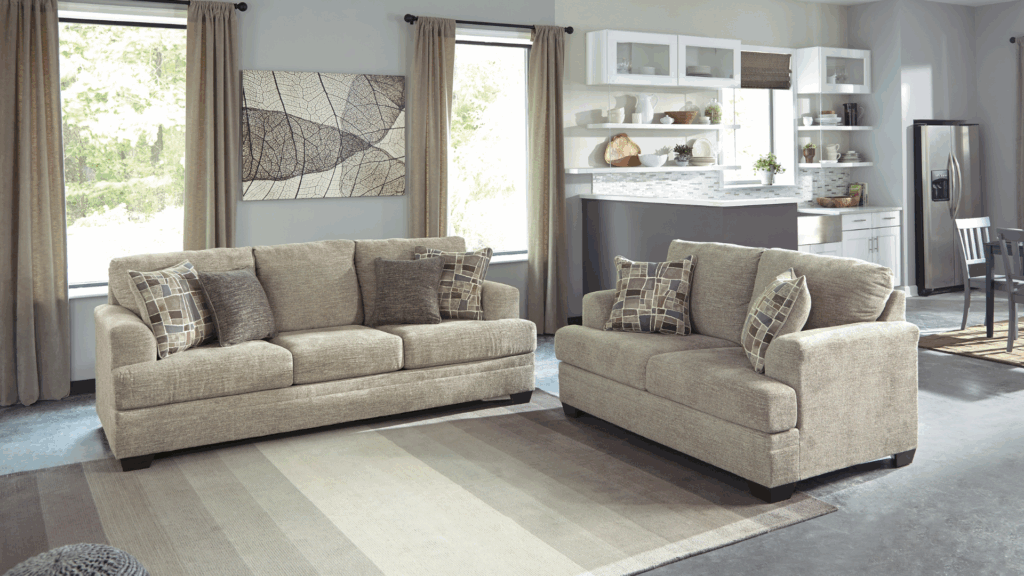
If you’re looking to give your furniture a rustic or natural vibe, sisal can be a great choice for upholstery.
I’ve seen sisal used on dining chairs and ottomans, adding a unique texture that’s both stylish and practical.
The fiber’s durability is an advantage for furniture that gets frequent use. Although it’s not as soft as other fabrics, the natural aesthetic it offers is worth it, especially for pieces like armchairs or accent stools.
It’s also great for outdoor furniture, as it can withstand the elements better than many synthetic fabrics.
3. Wall Coverings
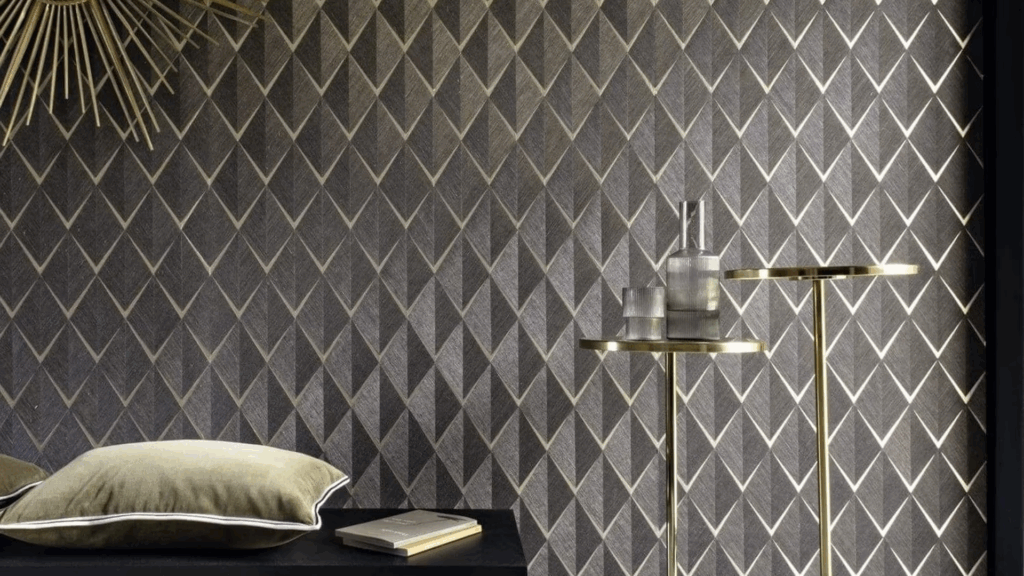
Using sisal for wall coverings or as a decorative element in wallpaper can really change the feel of a room.
I’ve added sisal-covered panels in my home office, and they instantly brought warmth and texture to the space. The natural look of sisal makes it a great choice for creating a relaxed, organic atmosphere.
It works especially well in rooms that could use some visual interest without being overwhelming, like a study or living room.
Plus, it’s more durable than traditional wallpaper and easier to maintain, making it a practical option for home interiors.
4. Baskets and Storage
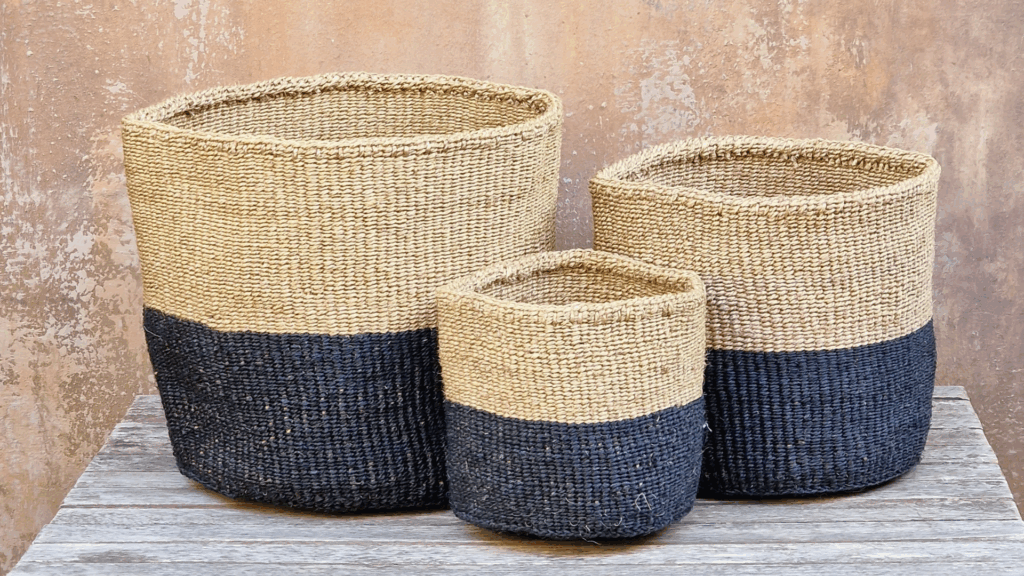
Sisal baskets are an excellent way to add storage while keeping your space looking organized and stylish.
I use a few sisal baskets in my living room to store throws and magazines. The sturdy construction holds up well, and they add a lovely natural touch to the decor.
Sisal baskets come in various shapes and sizes, so they’re perfect for everything from bathroom storage to decorative organization in your bedroom or closet.
They’re great for tidying up clutter while still contributing to a warm, inviting environment.
5. Throw Blankets and Pillows
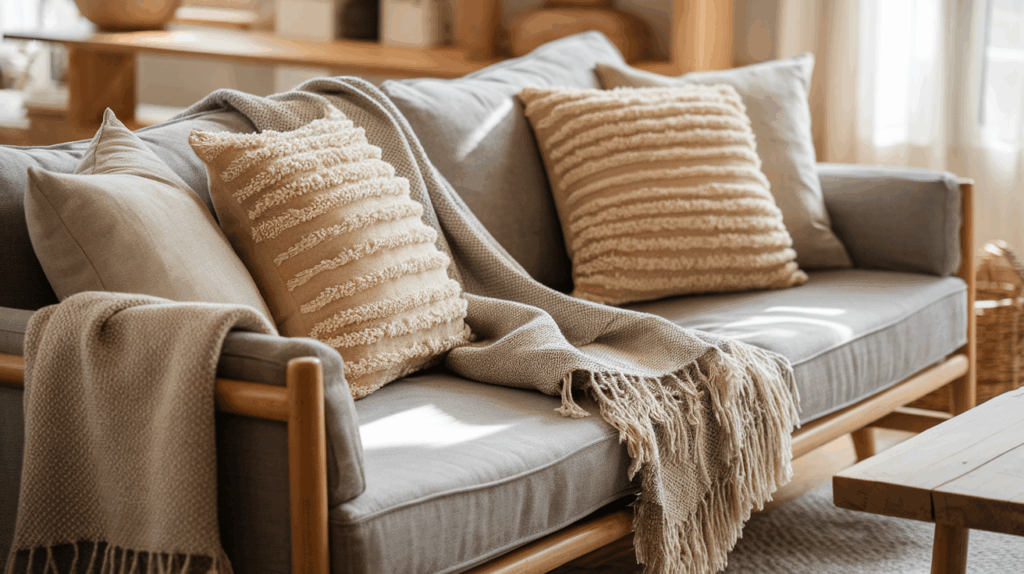
Sisal can also be woven into throw blankets and pillows, offering a textured, organic look that fits perfectly in any room.
I’ve used sisal pillows on my couch, and they give the space a cozy, yet rugged feel. The material’s natural durability ensures these items hold their shape over time, making them practical as well as decorative.
While they may not be as soft as cotton or linen, they add a unique charm to the room, especially when paired with softer fabrics.
Sisal’s combination of durability and aesthetic appeal makes it a great choice for accent pieces that endure everyday use.
The Medicinal Uses of Sisal
Sisal, known for its tough fibers, has a rich history in traditional medicine and modern science.
- Antiseptic properties for skin diseases and wound care
- Anti-inflammatory effects through compounds like hecogenin and tigogenin
- Antibacterial and antifungal activity for minor cuts and infections
Ongoing research suggests sisal could offer natural, plant-based solutions for safe care.
Sisal vs. Jute: Which Is Better for Your Needs?
Let’s compare sisal and jute based on their usage, durability, appearance, and eco-friendliness to find the right material for your needs.
| Criteria | Sisal | Jute |
|---|---|---|
| Usage | High-traffic areas (entryways, hallways, offices, industrial uses, ropes) | Low to moderate-traffic areas (living rooms, bedrooms, decorative) |
| Durability | Extremely durable; resists abrasion and crushing | Less durable; can fray or flatten with heavy use |
| Appearance | Rustic, textured, often pale beige; available in various weaves and colors | Refined, smooth, natural beige tones; fine, elegant patterns |
| Texture | Coarse, firm, rugged underfoot; softens over time | Soft, smooth, comfortable; gentle, cotton-like feel |
| Stain Resistance | Prone to staining; requires quick cleaning and regular maintenance | Highly absorbent; stains easily and can be difficult to clean |
| Eco Friendliness | Very eco-friendly; low water needs, minimal pesticides | Eco-friendly, but requires more water to grow |
| Typical Uses | Rugs, carpets, mats, ropes, twines, automotive panels | Rugs, decorative textiles, hessian (burlap) bags |
Conclusion
I hope this blog has provided you with a clear understanding of what sisal is, its medicinal benefits, and how it compares to jute.
If you were curious about its origins, uses, or its durability in home products, I’ve covered everything you need to know.
Sisal’s strength, eco-friendliness, and versatility make it an excellent choice for a variety of applications, from rugs to furniture.
If you were unsure about the differences between sisal and jute, I trust you now have a better idea of which material best suits your needs.
Now that you know its benefits, I hope sisal becomes your go-to option for both practical and sustainable choices in your home.

